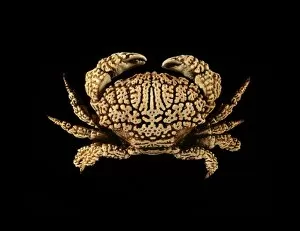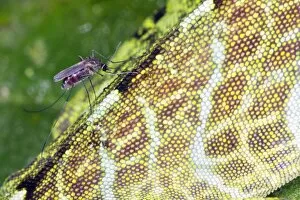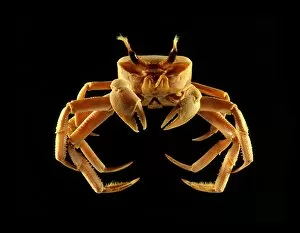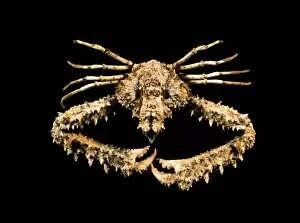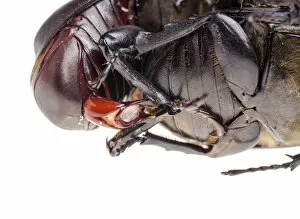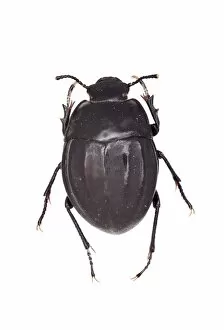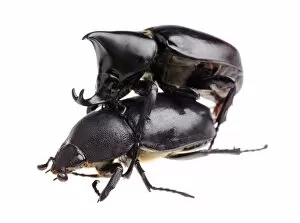Arthropod Collection (page 100)
"Exploring the Marvels of Arthropods: From Majestic Butterflies to Intricate Honeycombs" Delve into the enchanting world of arthropods with the Ornithoptera alexandrae
All Professionally Made to Order for Quick Shipping
"Exploring the Marvels of Arthropods: From Majestic Butterflies to Intricate Honeycombs" Delve into the enchanting world of arthropods with the Ornithoptera alexandrae, also known as Queen Alexandra's birdwing butterfly, showcasing its vibrant colors and graceful flight. Meet the Acherontia atropos, a fascinating creature commonly referred to as the death's-head hawk-moth, with its distinctive skull-like pattern on its thorax. Discover the intricate architecture of honeycombs created by diligent honey bees (Apis mellifera), marveling at their life cycle and exploring an expanded cross-section that reveals hidden insets. Witness a unique symbiotic relationship between a Greenland shark (Somniosus microcephalus) and its parasitic copepod companion (Ommatokoita elongata), highlighting nature's extraordinary adaptations. Journey inside the internal anatomy of a honey bee (Apis mellifera) through a detailed cross-section image, unraveling the complex structures that enable these industrious insects to thrive. Explore entomology specimens from Surinam, offering glimpses into diverse insect species and providing valuable insights for scientific research and conservation efforts. Admire historical artwork depicting bee anatomy, capturing both scientific accuracy and artistic beauty in celebrating these essential pollinators' significance throughout history. Observe a Red Admiral butterfly (Vanessa atalanta) basking under sunlight on a plant, indulging in sunbathing rituals that rejuvenate their delicate wings for future flights. Be captivated by common blue butterflies (Polyommatus icarus) gracefully basking in morning light at Vealand Farm in Devon, UK—a serene spectacle blending nature's tranquility with vibrant hues. Unfold wings wide open as you encounter a stunning Red Admiral butterfly (Vanessa atalanta), revealing its intricate patterns and showcasing the exquisite beauty of these winged wonders.












